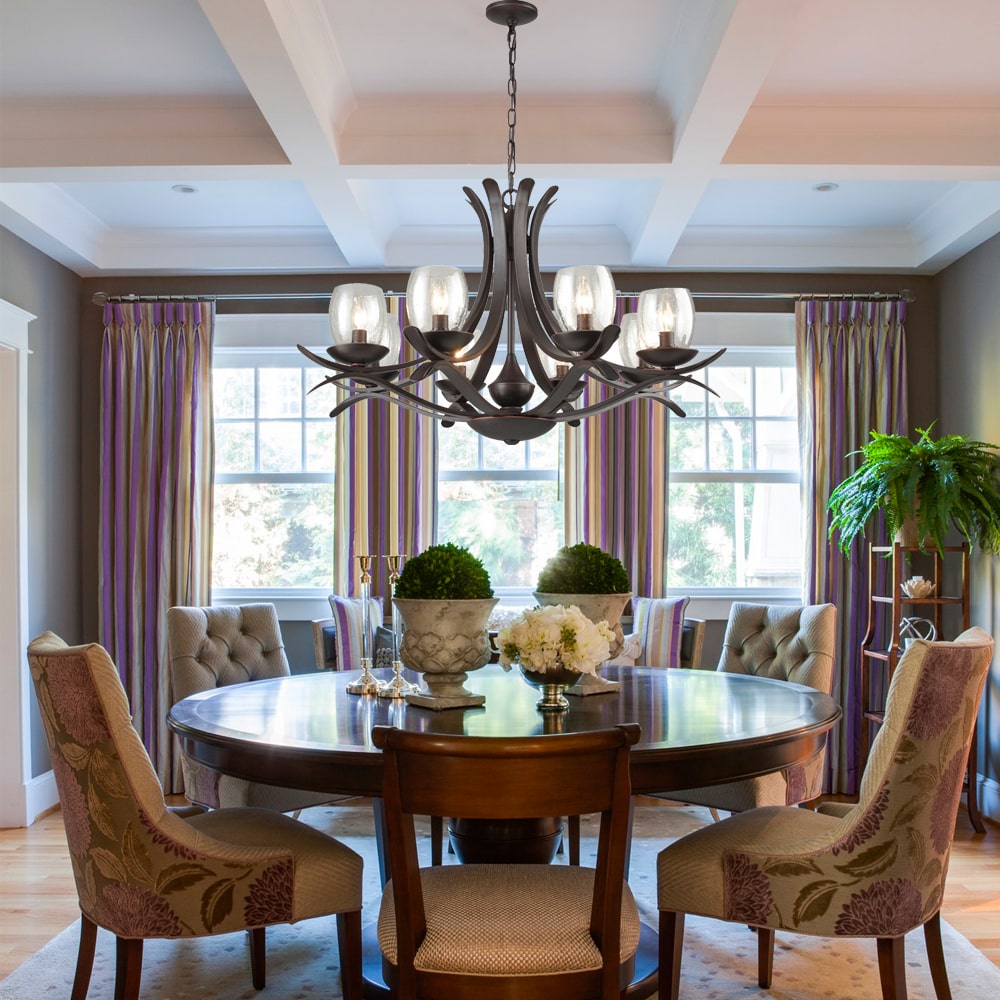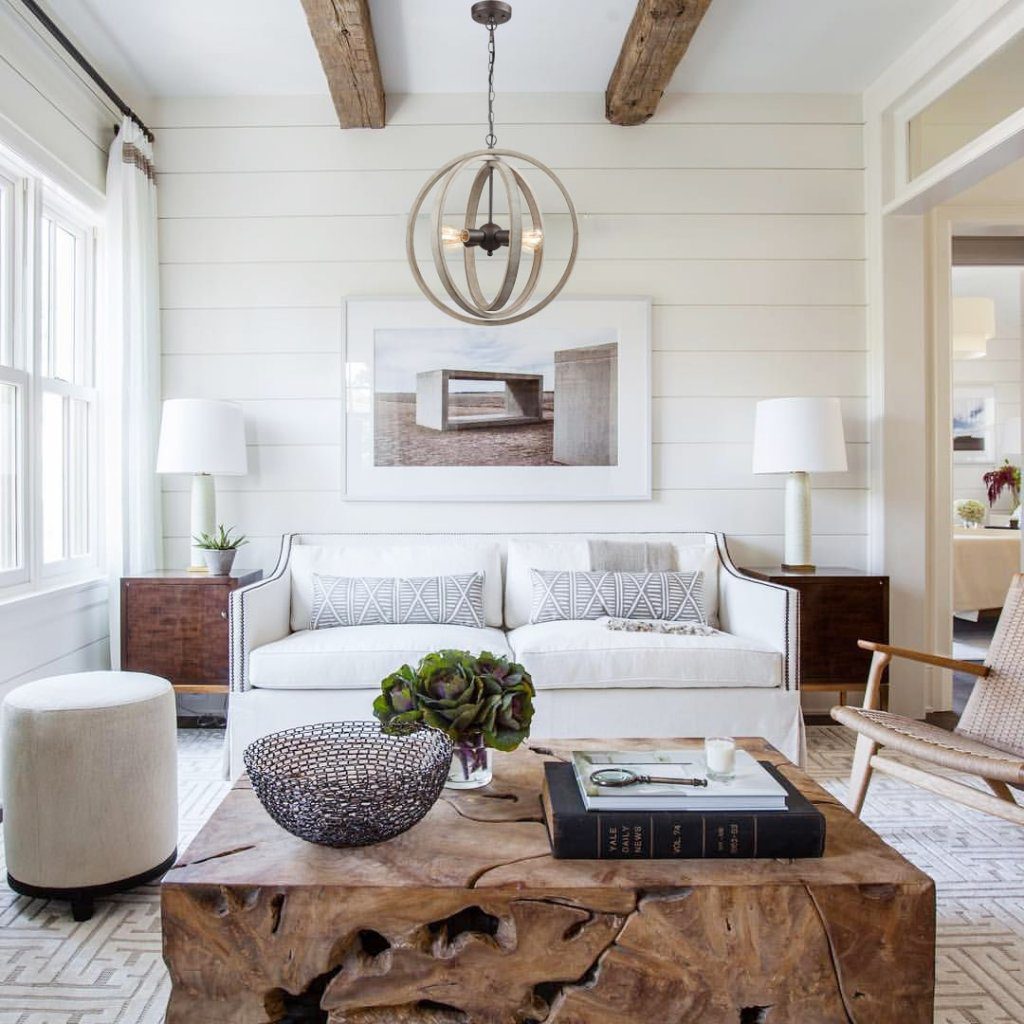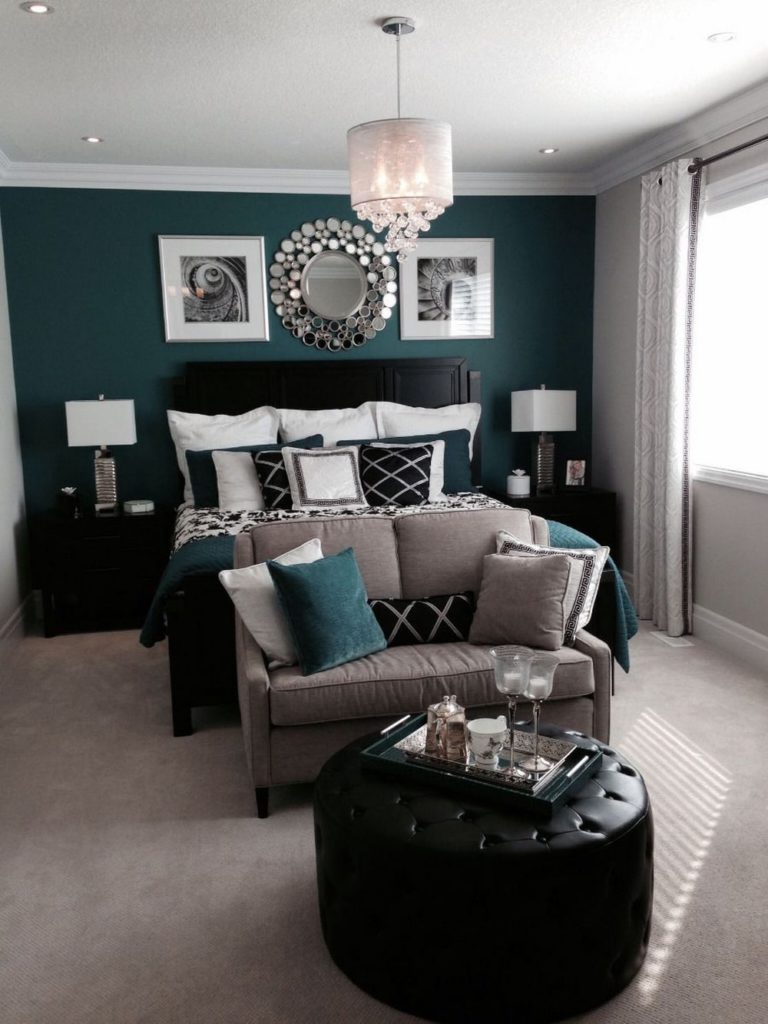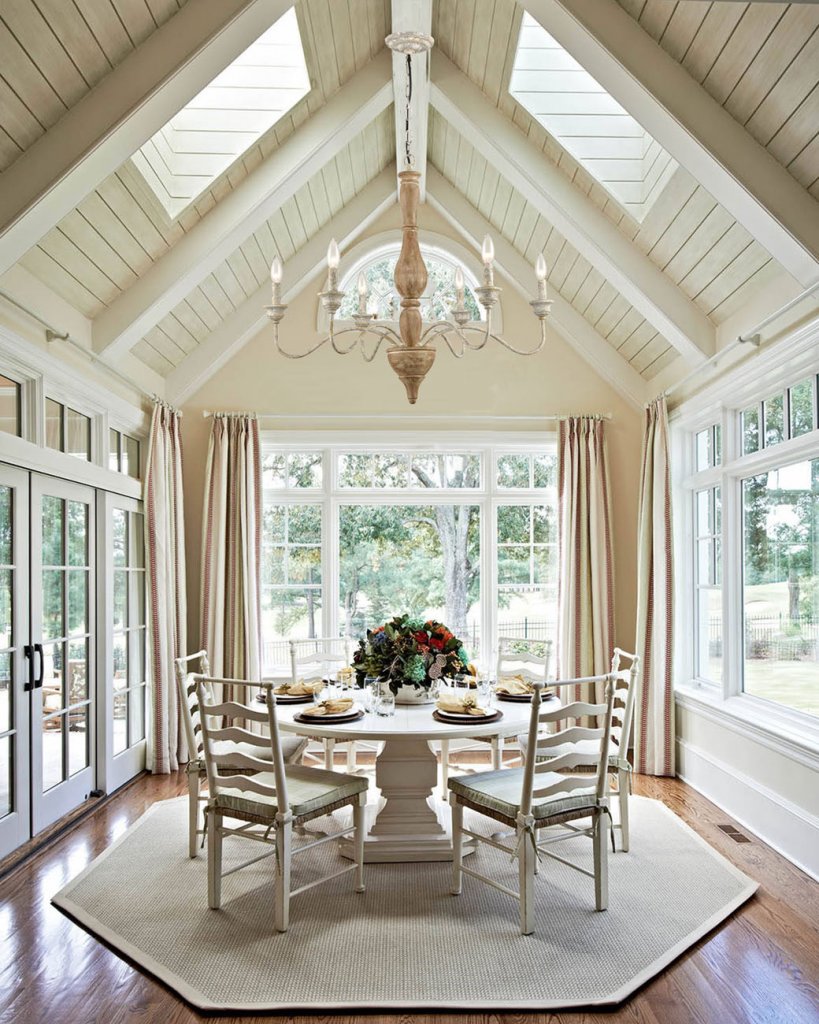Free shpping - Spring Sale use Code: CLHO10, get Extra 10% OFF.
Free shpping - Spring Sale use Code: CLHO10, get Extra 10% OFF.
 0
0
When it comes to creating the overall design scheme for a home, there are so many elements to consider. Lighting is definitely an important component and also a tricky part of the scheme. To light a house is never easy. If your are a chandelier lover, after you buy a fixture home, there is still a lot of work to do when you finish installation of the fixture. Certain missteps will ruin everything. Today we list 8 common lighting mistakes with chandeliers you will make. We will let you know what is the right thing to do.

Mistake #1 Choosing The Wrong Size
Picking the wrong size of chandeliers can easily affect the overall aesthetic of the room and make you feel uncomfortable in the room. Hanging a mini fixture over a large dining table or kitchen countertop will not give sufficient illumination for this area and also look disproportionate. It will give an excessive light and also violate the proportions of the room.
Solution: To figure out the chandelier width, measure the length of the room. Next, measure the width. The length of the room plus the width in feet equals the most appropriate width in inches.
Mistake #2 Not Hanging The Fixture At a Helpful Height
If a chandelier hangs too low, it may bump into you or hinder the flow of traffic through your home. If it hangs too high, it may not emit enough light and the room will be too dim to live in.
Solution: To determine the hanging height, first measure the room height, next multiply the room height by three. If you are hanging it above the dining table, the bottom should be 32 to 34 inches above the table top. For those hung over the open floor, the bottom should be at least 7 feet above the floor. Over a kitchen island, a height of 32 to 34 inches above the countertop is recommended. For those hung over the bathtub, allow for 8 feet of clearance above the highest edge of the tub.

Mistake #3 Not Using Energy Efficient Bulbs
Being almost four times as efficient as traditional bulbs, using LED bulbs will eventually result in direct savings on your utility bills. The electricity savings for a each energy efficient bulb range from $30 to $40 over the life of the bulb. They can last up to twelve times longer than the old fashioned bulbs. With just a simple change in life, you can reduce your negative impact on the environment and save money.
Mistake #4 Wall Paint Colors Don’t Match The Fixture
Paint colors and the amount of furniture in your space can greatly impact how well a fixture function in the room. Even a slight change in paint colors or fixture hues in the same color family can make a difference.
Solution: A general rule of thumb is that lighter paint colors work better with brighter fixtures. Such combination can make your room feel more spacious.

Mistake #5 Ignoring The Use Of Dimmers
Dimmers are always a good idea to turn a brightly illuminated, task-oriented space into a welcoming room you want to stay in every day. However, some homeowners tend to use the fixtures without dimming. This will cause waste of energy and excessive light emission.
Solution: Try to always install dimmers for all your fixtures since this will extend the lifespan of your bulbs. A great alternative is the use of smart LED lights, which are dimmable and operated from your smart phone or tablet PC.
Mistake #6 Using Chandeliers For Decorative Purposes
Sometimes we see a beautiful fixture in some store, and we immediately buy it home, thinking that it will look gorgeous somewhere in the room. Such unthoughtful and impetuous decisions may lead to waste of energy and the poor illumination of the place.
Solution: Take the lighting scheme into consideration when you are inclined to buy a new fixture. Purchase only the fixtures that will be both nice-looking and functional. Don't try to decorate the room with inappropriate light fixtures.

Mistake #7 Installing The Chandeliers In The Wrong Color Temperature
The importance of the color temperature of fixtures is often underestimated. But as a matter of fact it may have a great impact on your everyday life. If you make a mistake with this factor, the room may seem lifeless, uninspiring and colorless.
Solution: How to determine the color temperature depends on the type of the room, the color of the walls, and even on your preferences.
2000K – 3000K – This is the warm or soft white range, best suited for living rooms, dining rooms, bedrooms and outdoor spaces.
3500K – 4500K – This is more a neutral white light range, best for kitchens, offices, work spaces and vanities.
Over 5000K – Generally referred to as daylight and well-suited for display areas and work environments and commercial locations.
Mistake #8 Light Switches Placed in the Wrong Place
Installing light switches at an inappropriate height will result in inconvenience when homeowners flip the switch at a standing position.
Solution: Light switches in standard residential construction are set so that wall switch boxes are somewhere between 48 and 52 inches above the floor. The bottom of the switch box should be at 48 inches from the floor while the top of the box will fall at 52 inches above the floor.



Thanks for subscribing. Copy your discount code and apply to your order.